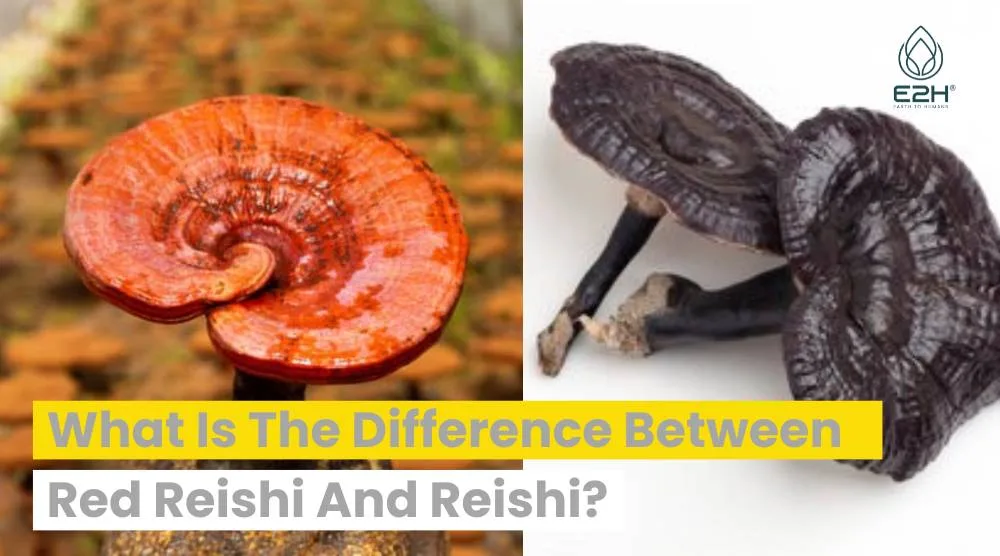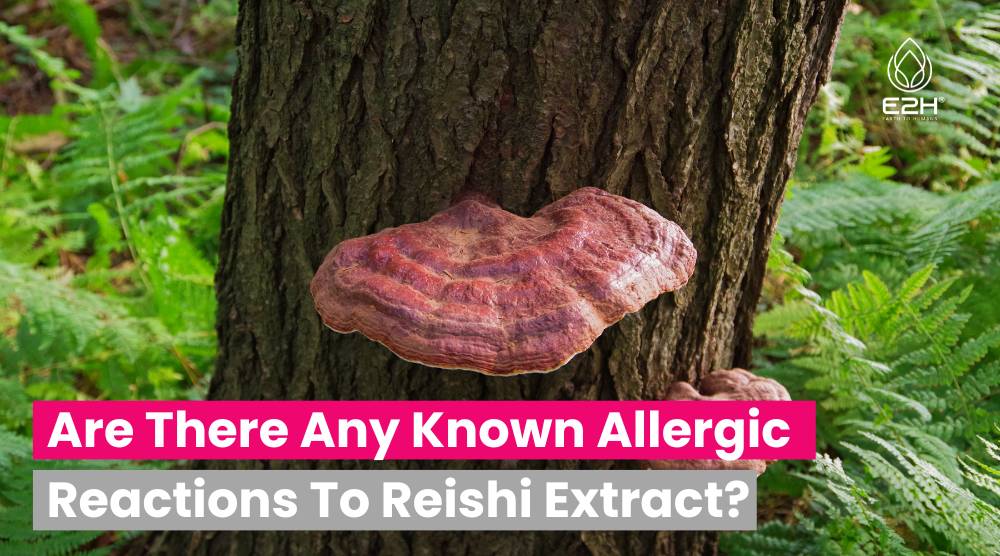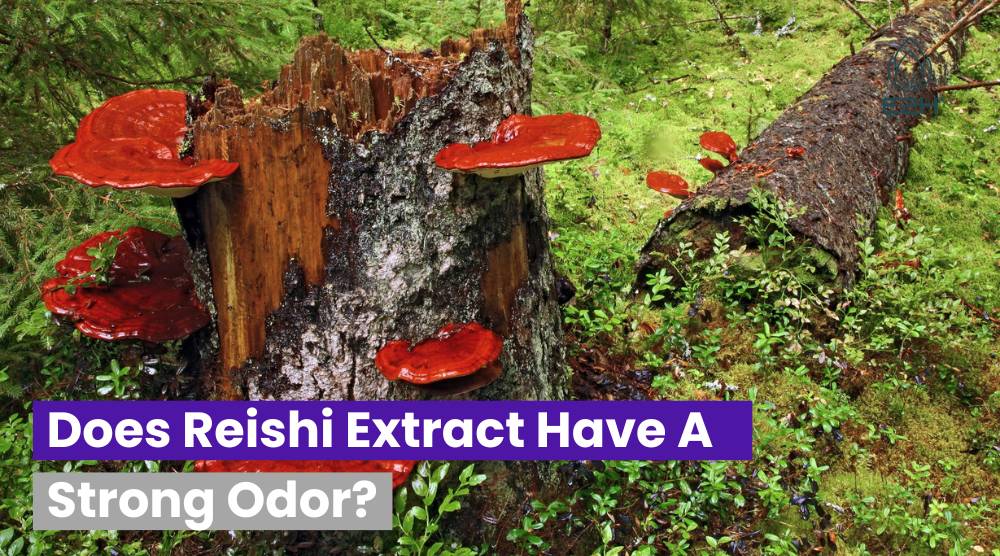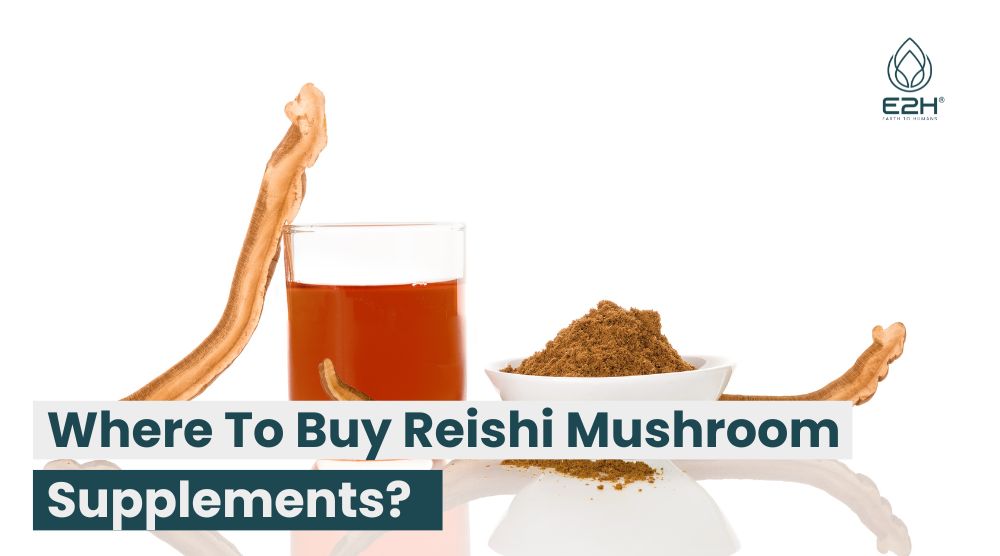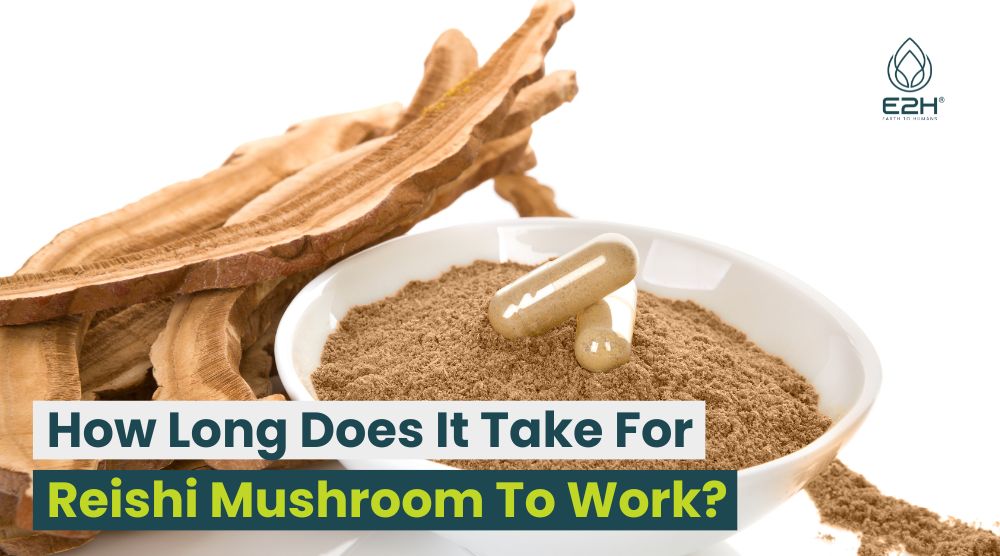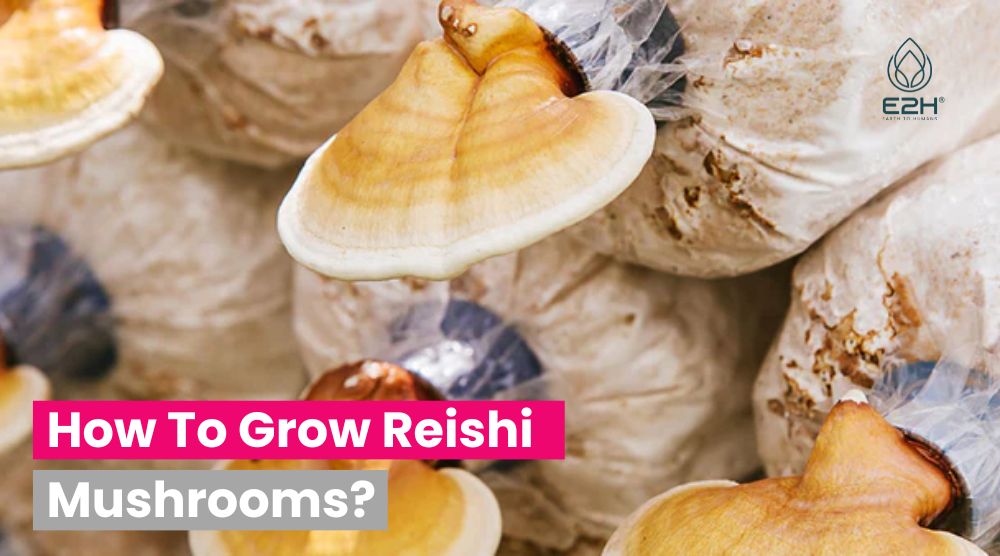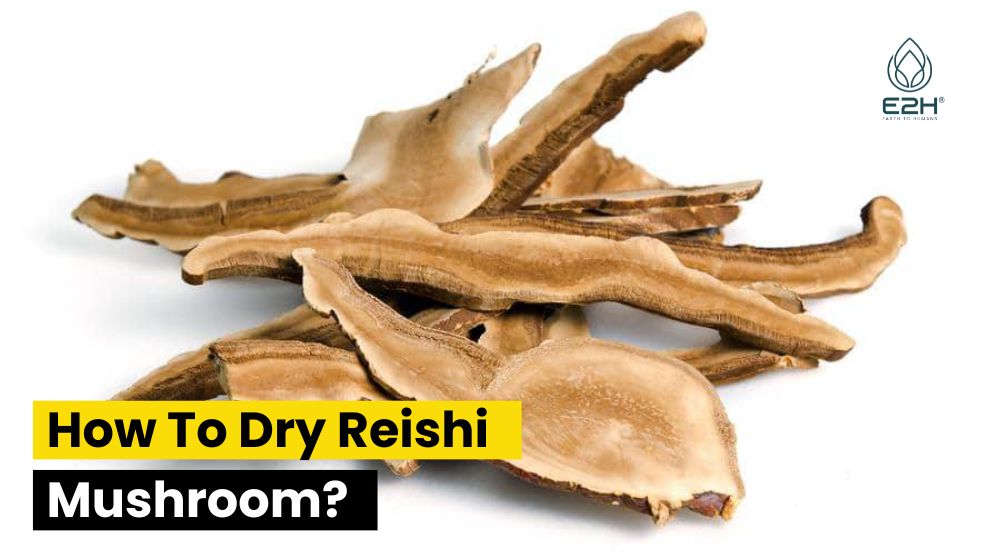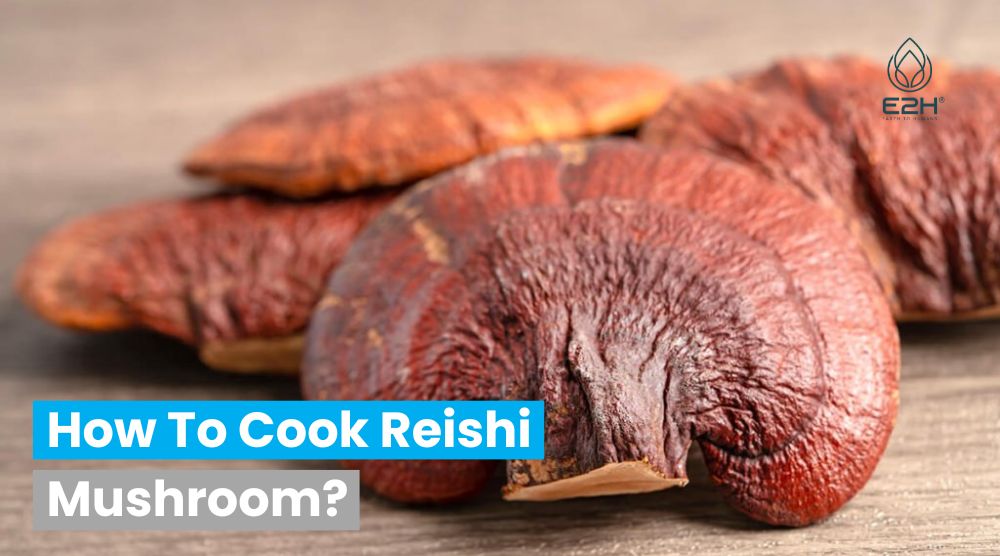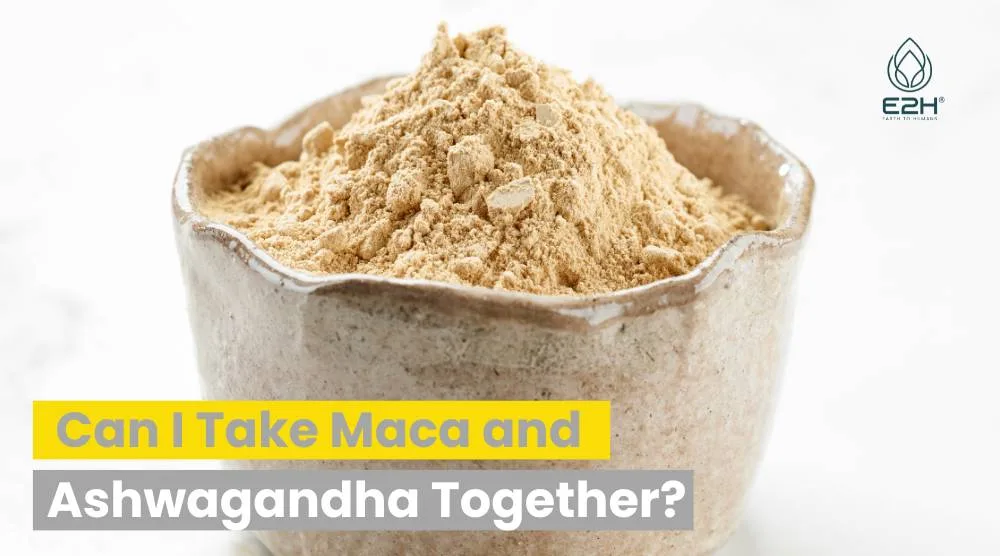What Is The Difference Between Red Reishi And Reishi: Red Reishi and Reishi refer to the same medicinal mushroom, scientifically known as Ganoderma lucidum. The difference lies in their color Red Reishi is mature, while Reishi can be either young or old.
Is There A Significant Difference Between Red Reishi And Regular Reishi?
| Aspect | Red Reishi | Regular Reishi |
|---|---|---|
| Color | Dark red or black | Brown or reddish-brown |
| Maturity | Mature, fully grown | Young or old |
| Taste and Texture | Bitter, tough texture | Mild, softer texture |
| Bioactive Compounds | Higher concentration | Varied concentration |
| Traditional Use | Immune support, longevity | Overall well-being |
| Availability | Often in extract form | Various forms (powder, tea) |
What Are The Unique Characteristics Of Red Reishi Compared To Other Types Of Reishi?
Red Reishi, scientifically known as Ganoderma lucidum, possesses distinctive features setting it apart from other Reishi types. Notably, its deep red to black color indicates maturity, and it often grows on wood. The spores of Red Reishi contain triterpenes, contributing to its rich bioactive profile.
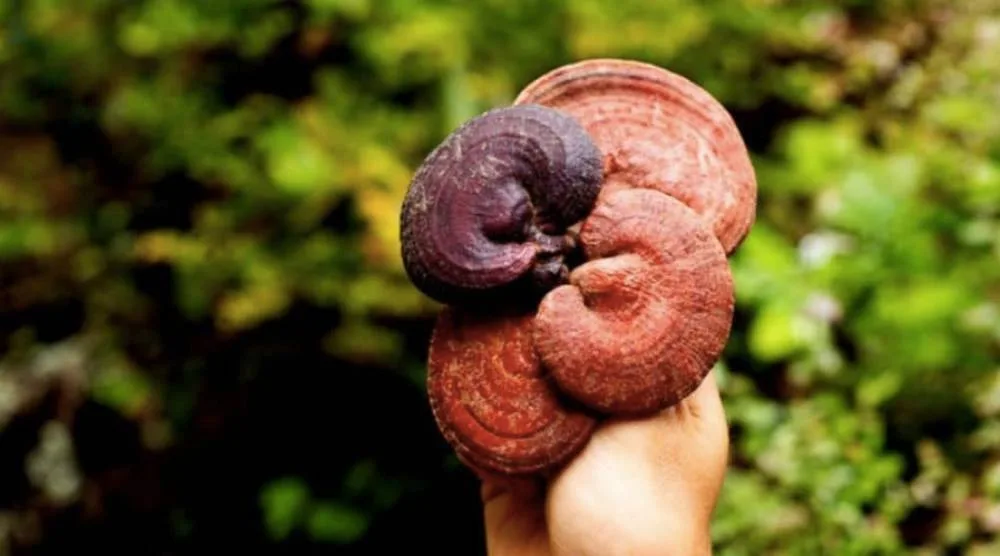
Are There Distinct Health Benefits Associated With Red Reishi As Opposed To Standard Reishi?
Red Reishi offers unique health advantages compared to standard Reishi. Research suggests that it may have a higher concentration of bioactive compounds, including triterpenes and polysaccharides, which are linked to immune support, anti-inflammatory effects, and potential cardiovascular benefits. Additionally, Red Reishi is often associated with promoting longevity and overall well-being.
How Does The Color Variation Impact The Chemical Composition Of Reishi Mushrooms?
The color variation in Reishi mushrooms, specifically the transition from regular brown to red or black in Red Reishi, reflects changes in chemical composition. Mature Red Reishi tends to have a higher concentration of bioactive compounds, including triterpenes and polysaccharides, compared to younger, standard consuming Reishi mushrooms. These compounds contribute to the mushroom’s medicinal properties, such as immune system modulation and anti-inflammatory effects.
Are Red Reishi And Reishi Interchangeable In Terms Of Medicinal Properties?
While both Red Reishi and standard Reishi belong to the Ganoderma lucidum species, they aren’t entirely interchangeable in terms of medicinal properties. Red Reishi, owing to its maturity and altered chemical composition, may offer certain unique medicinal benefits, such as enhanced immune support and potential cardiovascular advantages. However, standard Reishi still possesses valuable medicinal properties, making it a beneficial option for overall well-being. The choice between the two depends on individual health goals and preferences.
Do Red Reishi And Regular Reishi Mushroom Differ In Taste Or Texture?
Red, black Reishi, and regular Reishi differ in taste and texture. Red Reishi, being more mature, tends to have a bitter taste and a tougher, woody texture. In contrast, regular Reishi, whether young or old, generally offers a milder taste and a softer, more palatable texture. These sensory distinctions can influence preferences, especially when consumed in various forms like teas or extracts.
Are There Specific Uses Or Applications Where Red Reishi Is Preferred Over Regular Reishi?
Red Reishi is often preferred over regular Reishi in specific applications due to its unique chemical composition and potential health benefits. It is commonly utilized in extract forms for immune support, longevity, and cardiovascular health.
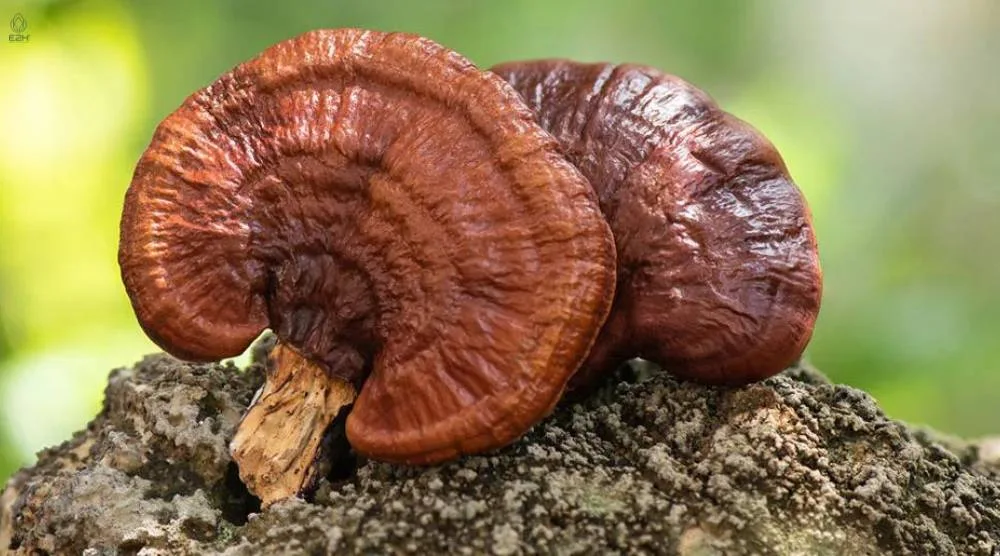
The higher concentration of bioactive compounds in Red Reishi makes it a favored choice for those seeking targeted medicinal properties. However, regular species of Reishi remains valuable for general well-being and can be chosen based on individual health goals.
Can The Choice Between Red Reishi And Reishi Depend On Individual Health Goals?
Yes, the choice between Red Reishi and regular Reishi can depend on individual health goals. Red Reishi, with its mature state and distinct chemical composition, is often chosen for specific health targets such as immune support, cardiovascular benefits, and longevity. On the other hand, regular purple Reishi, in various stages of maturity, remains a suitable choice for overall well-being. Individuals should consider their unique health objectives when deciding between the two, ensuring alignment with desired outcomes.
How Does The Cultivation Or Growing Conditions Influence The Color Of Reishi Mushrooms?
The color of Reishi mushrooms is influenced by cultivation and growing conditions. When cultivated, factors such as the type of substrate, temperature, and humidity play crucial roles in determining the mushroom’s color.
Red the Reishi mushroom, in particular, tends to develop its characteristic dark red to black hue under specific cultivation conditions. The careful management of these factors by growers can result in the desired coloration, impacting not only the appearance but also the potential medicinal properties of the Reishi mushrooms.
Are There Regional Variations In The Classification Of Red Reishi Versus Reishi?
Yes, there are regional variations in the classification of Red Reishi versus Reishi. Different cultures and regions may have their own naming conventions and criteria for distinguishing between the two. In some cases, the distinction may be based on traditional uses, growth patterns, or even color variations. It’s essential to consider these regional nuances when researching or purchasing these mushrooms, as the classification might not always align universally.
Do Red Reishi And Reishi Have Different Preparation Methods?
The preparation methods for Red Reishi and regular Reishi can vary based on factors such as the desired form of consumption. Both types can be prepared as teas, extracts, or powders. However, due to the potential differences in taste and texture, the preparation techniques may differ.
For example, Red Reishi’s bitter taste might be better masked in extract forms, while regular yellow Reishi may be more versatile in culinary applications. Understanding these distinctions allows individuals to choose the preparation method that aligns with their preferences and intended use.
Can The Price Vary Between Red Reishi And Regular Reishi Products?
Yes, the price can vary between Red Reishi and regular Reishi products. Several factors contribute to these variations, including the maturity of the mushrooms, the cultivation process, and the specific product forms (e.g., extracts, powders).
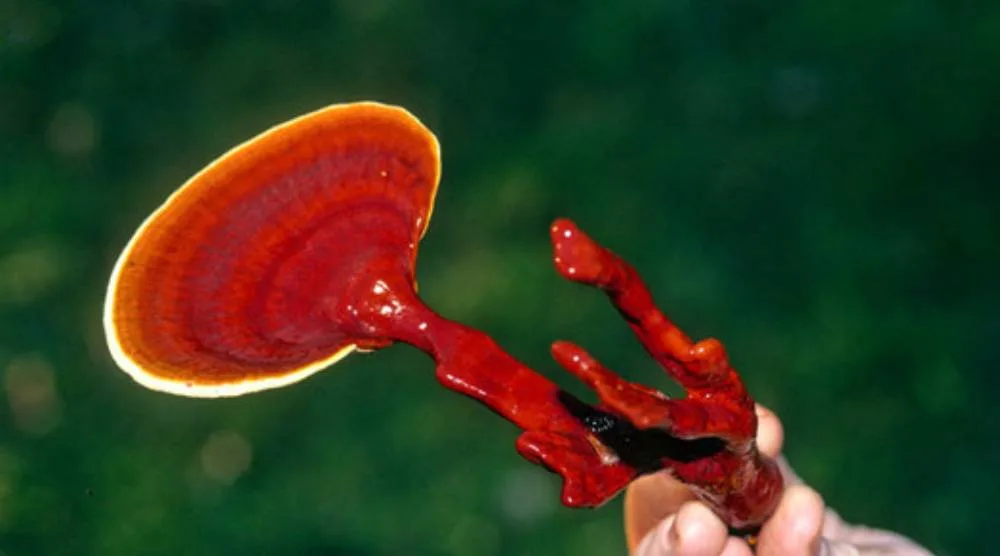
Generally, Red Reishi products may be priced higher due to their mature state, unique chemical composition, and potentially enhanced medicinal properties. The market demand for Red Reishi as a premium health supplement also influences its pricing compared to regular Reishi.
Which Is Consider As Medicinal Mushrooms ?
Both Red Reishi and regular Reishi are considered medicinal mushrooms. They belong to the Ganoderma lucidum species and have a long history of traditional use for various health benefits. These mushrooms contain bioactive compounds, such as triterpenes and polysaccharides, which contribute to their medicinal properties.
Whether consumed as extracts, teas, or powders, both Red Reishi and regular Reishi are recognized for their potential to support immune function, reduce inflammation, and promote overall well-being. The choice between the two often depends on individual preferences and health goals.
FAQs For ‘Difference Between Red Reishi And Reishi’
What is the difference between Red Reishi and Reishi?
Red Reishi and Reishi are the same mushroom, but Red Reishi is mature, with a dark color, while Reishi includes both young and old specimens.
Do Red Reishi and Reishi have distinct health benefits?
Red Reishi may offer enhanced benefits due to its mature state, including immune support, cardiovascular advantages, and potential longevity promotion.
Are the taste and texture of Red Reishi different from Reishi?
Yes, Red Reishi tends to have a bitter taste and a tougher texture, while Reishi generally has a milder taste and softer texture.
Can the choice between Red Reishi and Reishi depend on health goals?
Certainly, Red Reishi is often chosen for specific targets like immune support, while Reishi is suitable for overall well-being.
Are there regional variations in classifying Red Reishi versus Reishi?
Yes, different regions may have unique criteria for distinguishing them, considering factors like traditional uses, growth patterns, and color variations.
Conclusion
Understanding the nuances between Red Reishi and Reishi empowers individuals to make informed choices aligning with their health goals. Whether opting for the mature richness of Red Reishi or the versatile benefits of Reishi, both mushrooms offer unique attributes. Embrace the knowledge of these distinctions.
